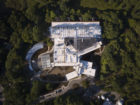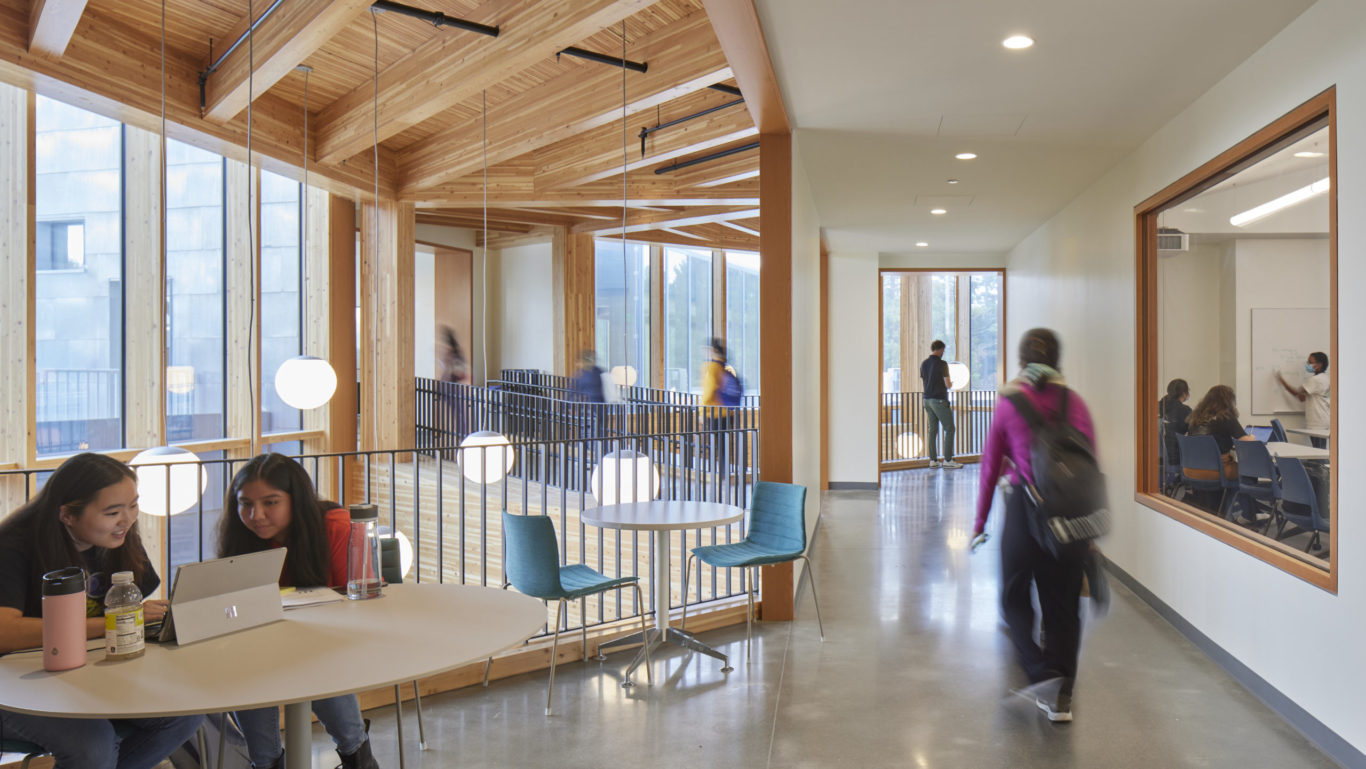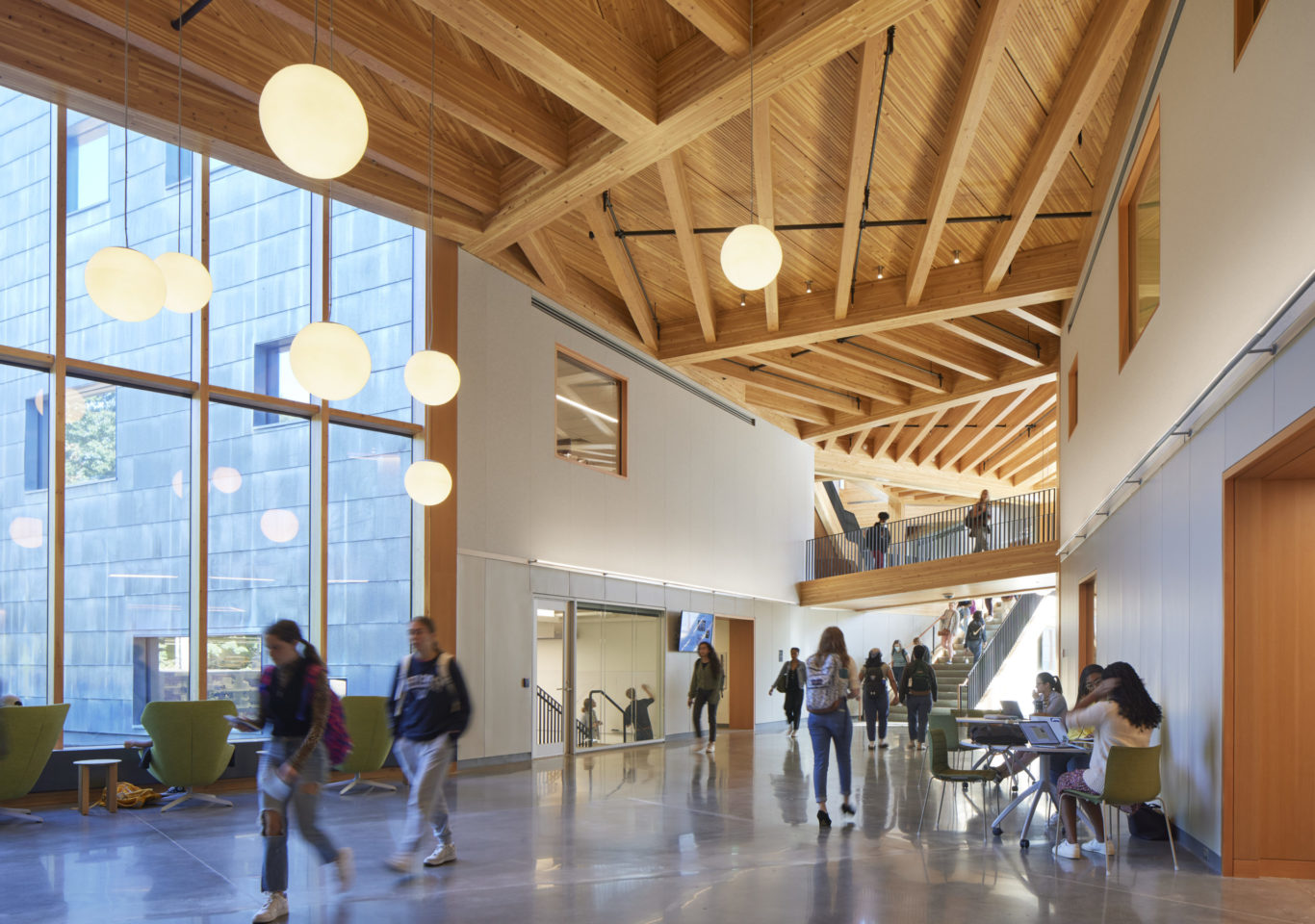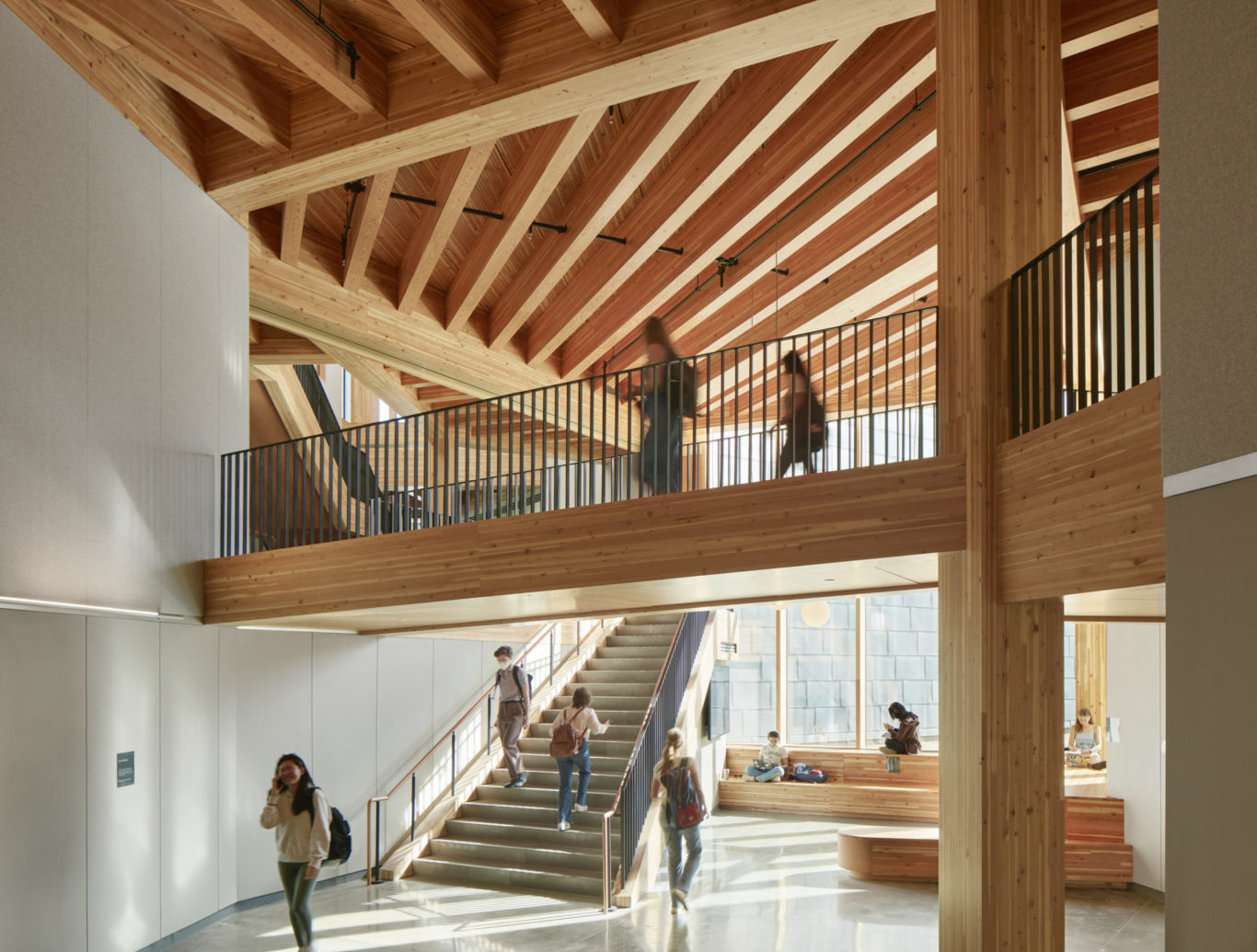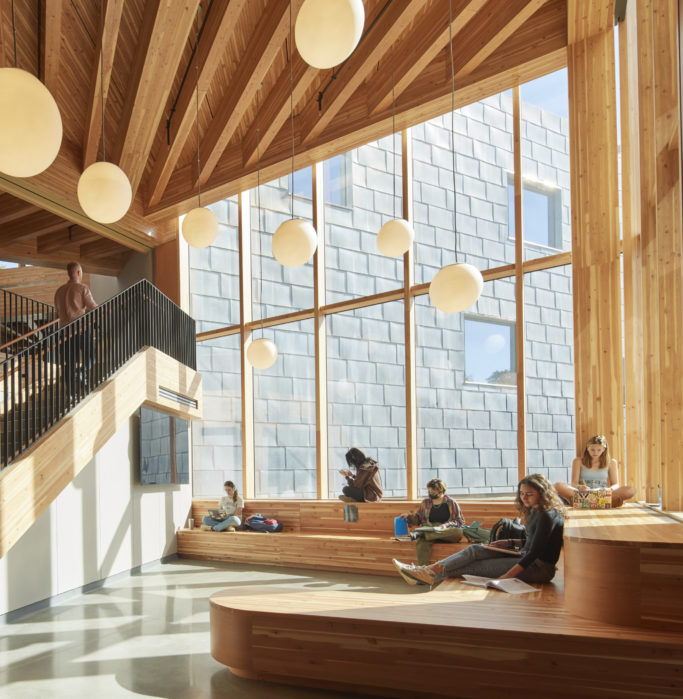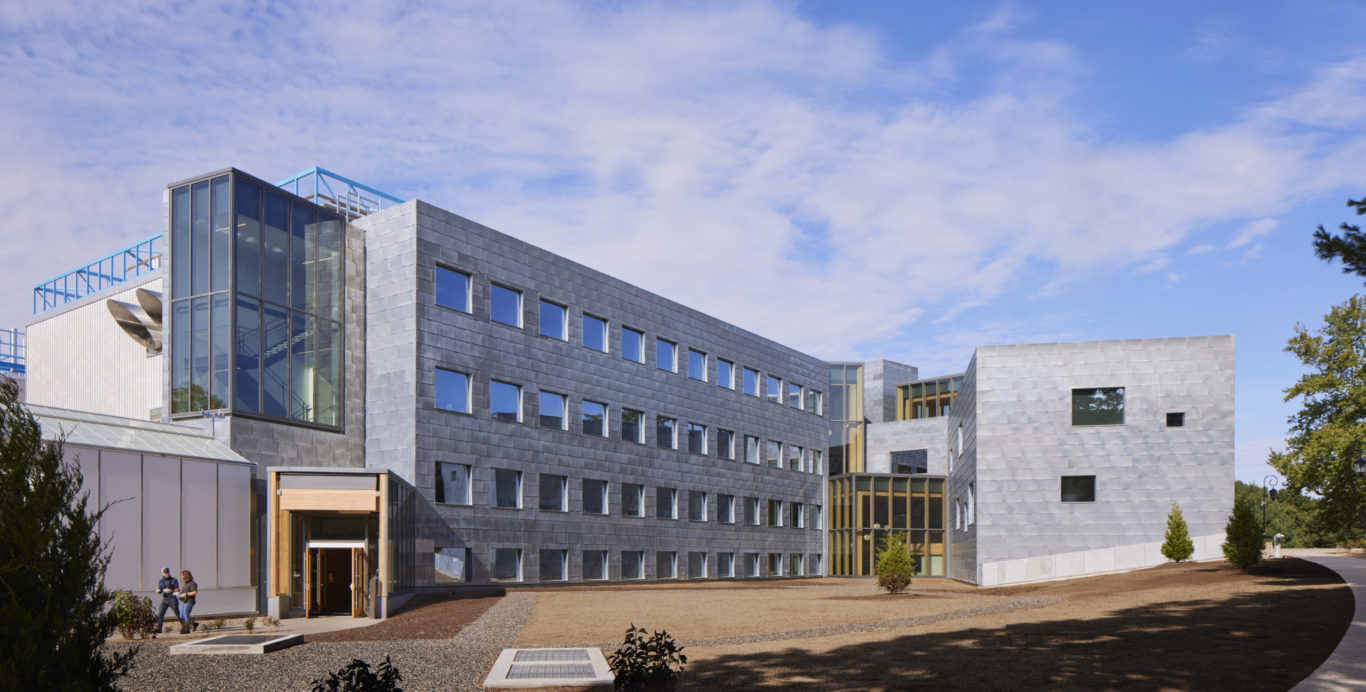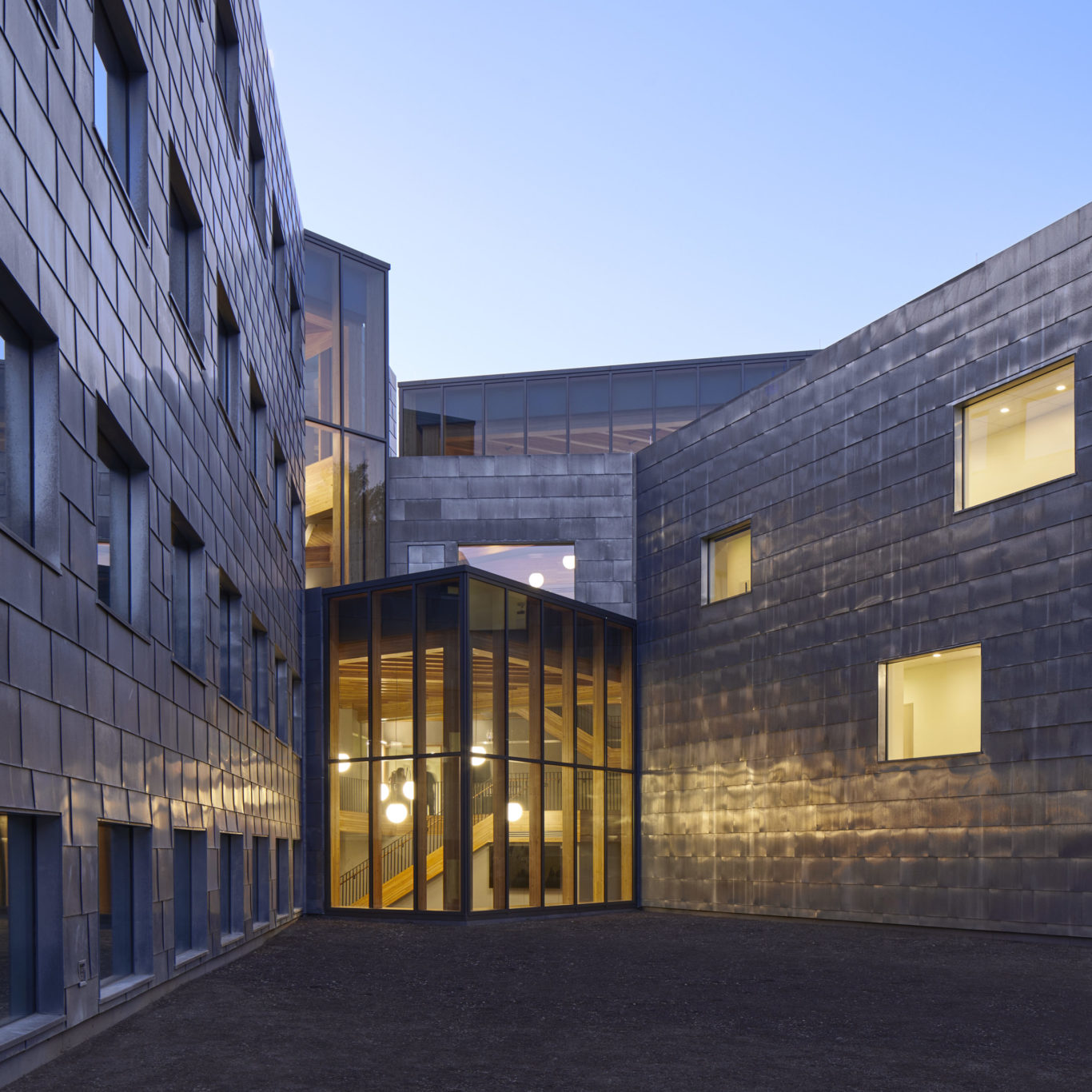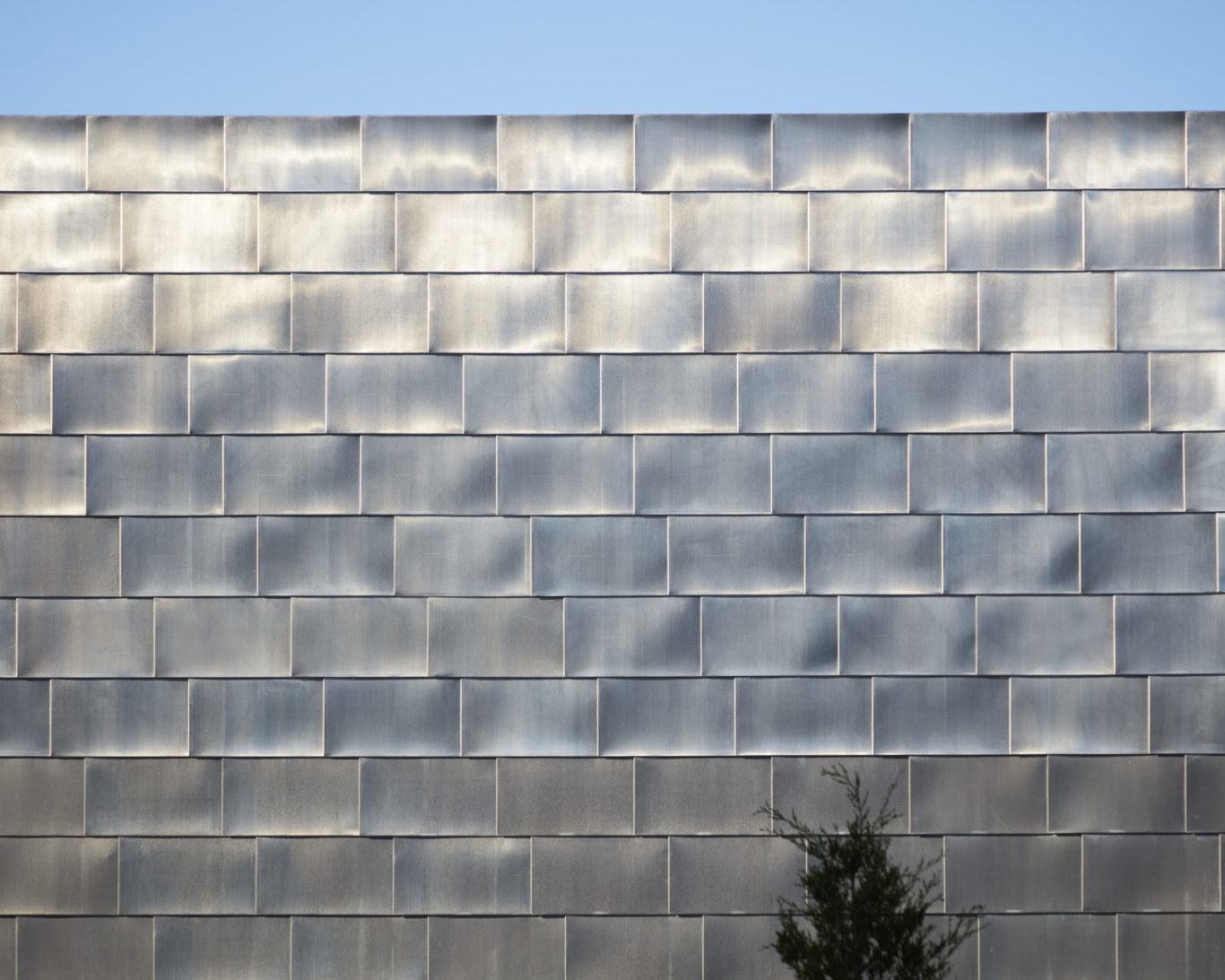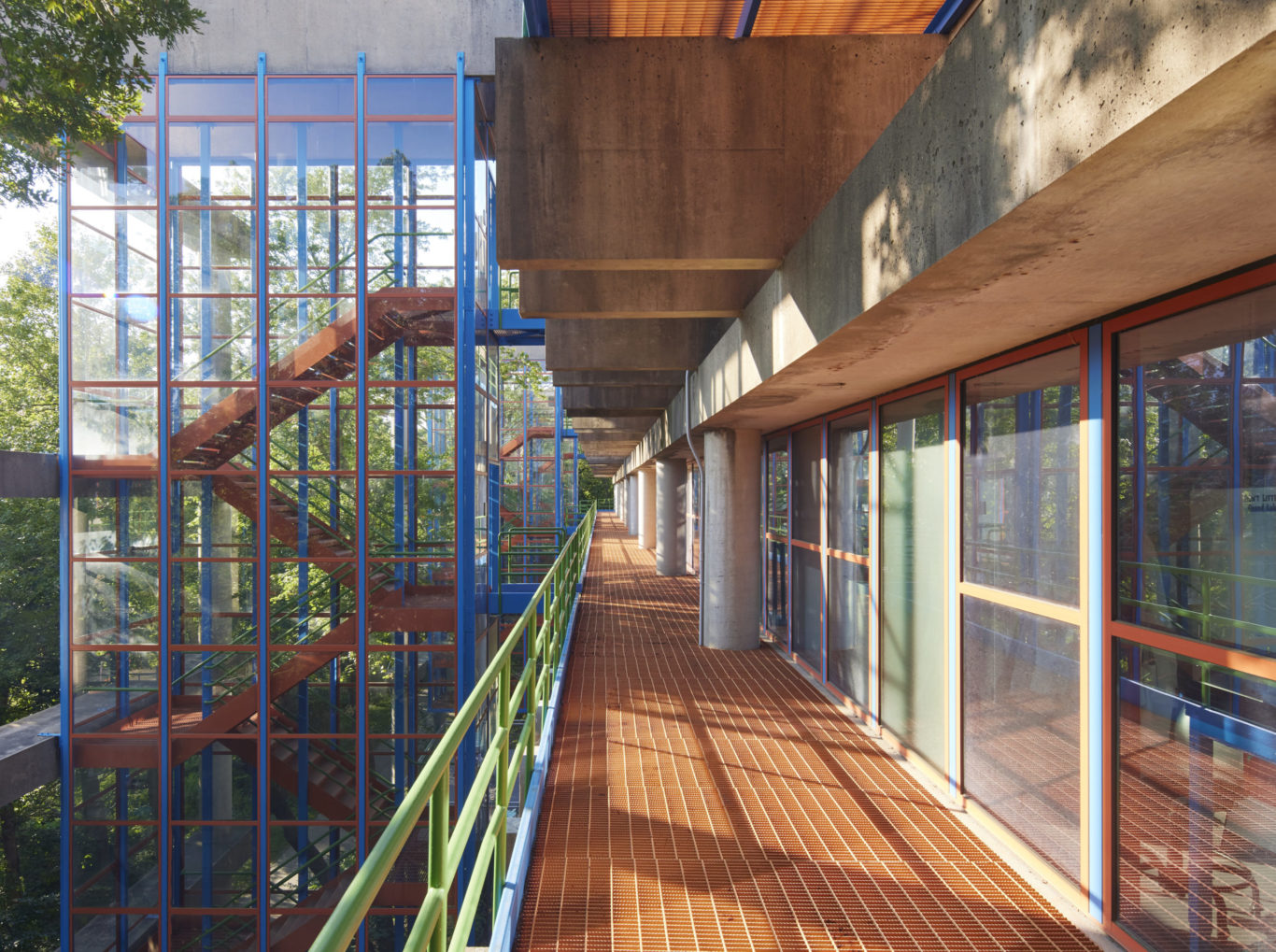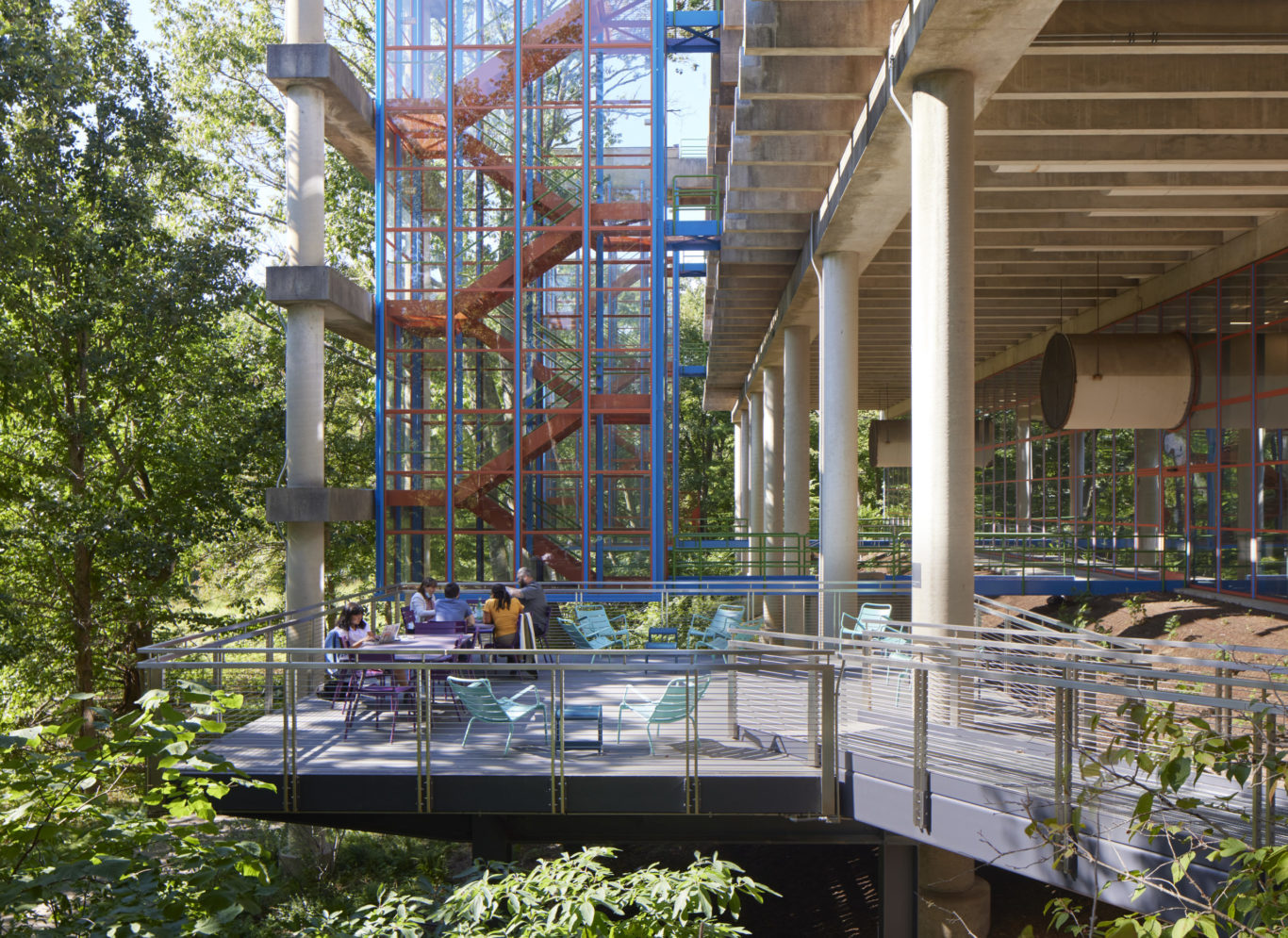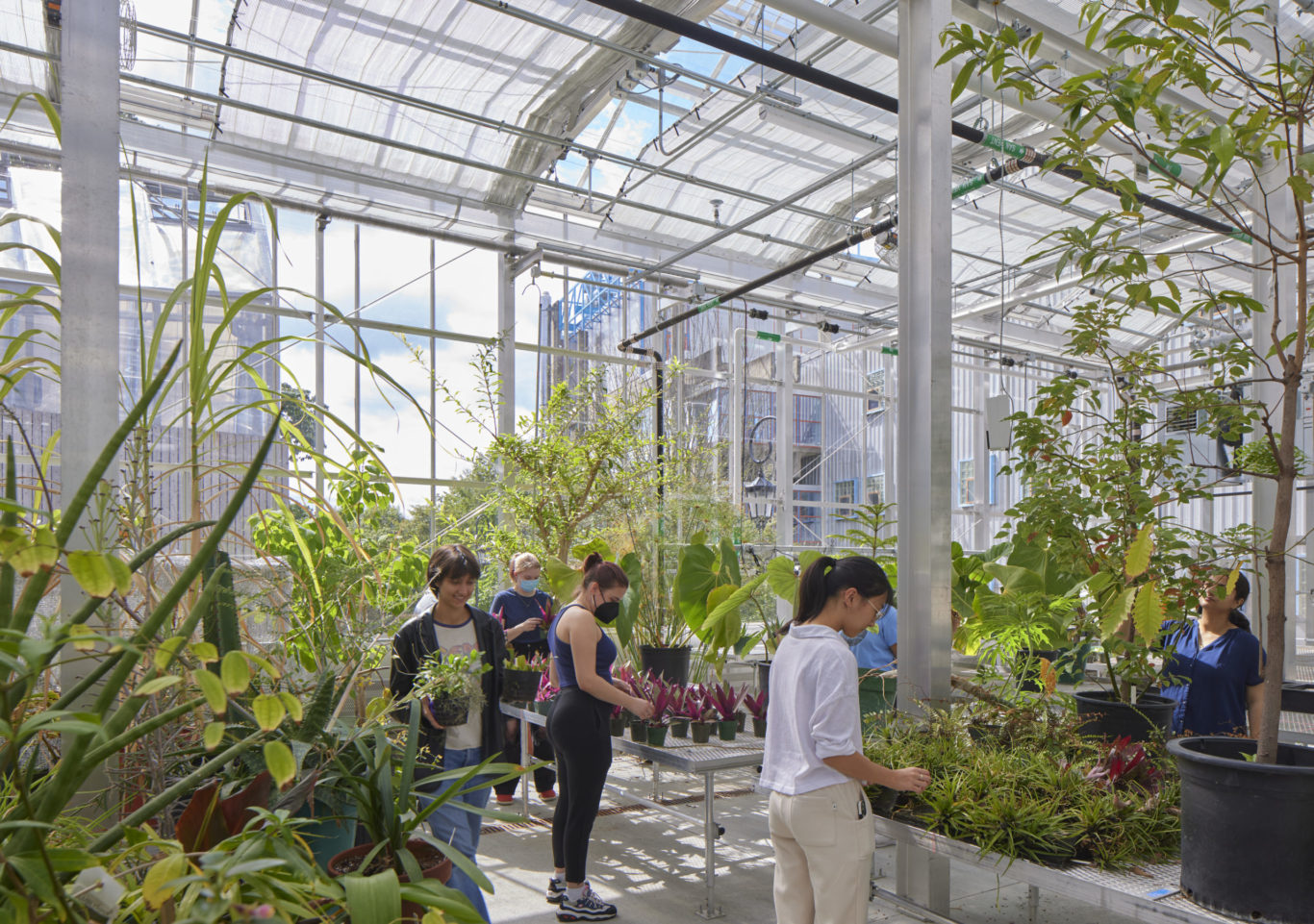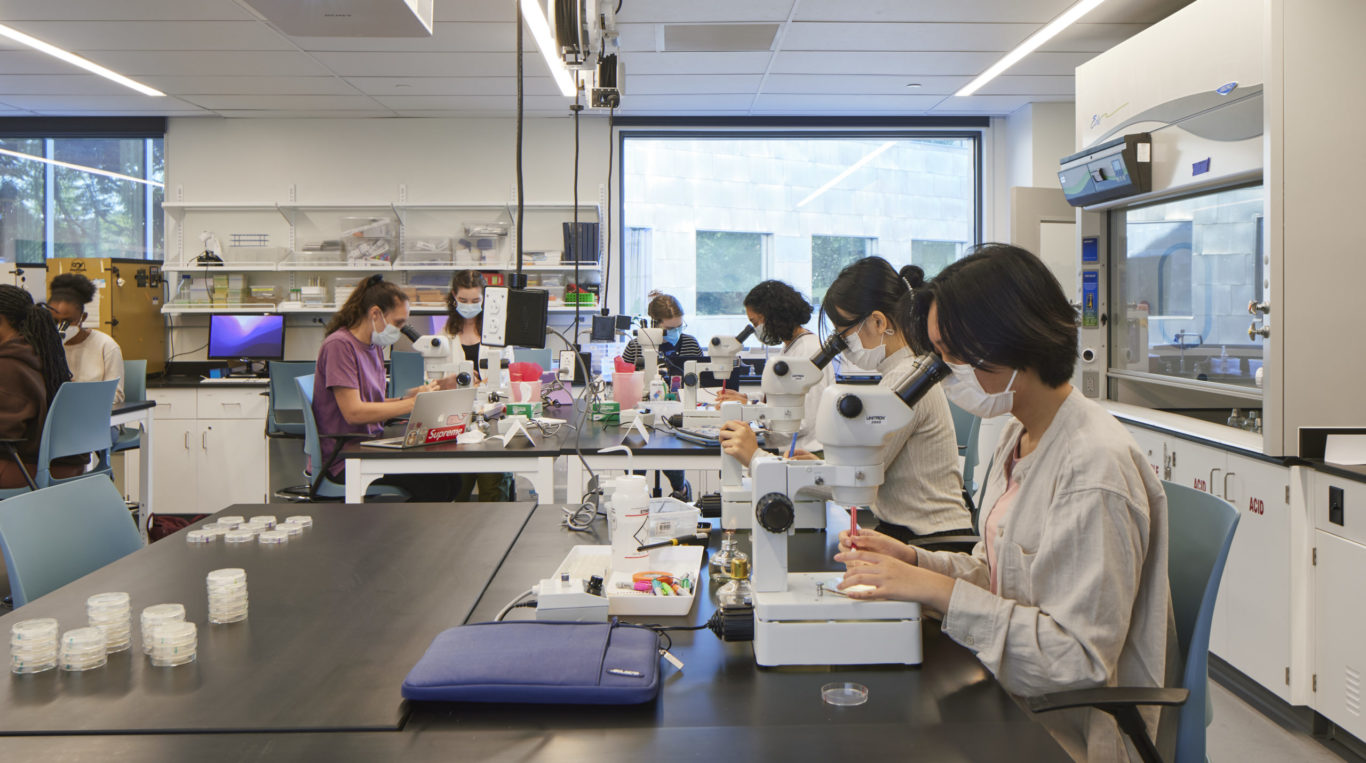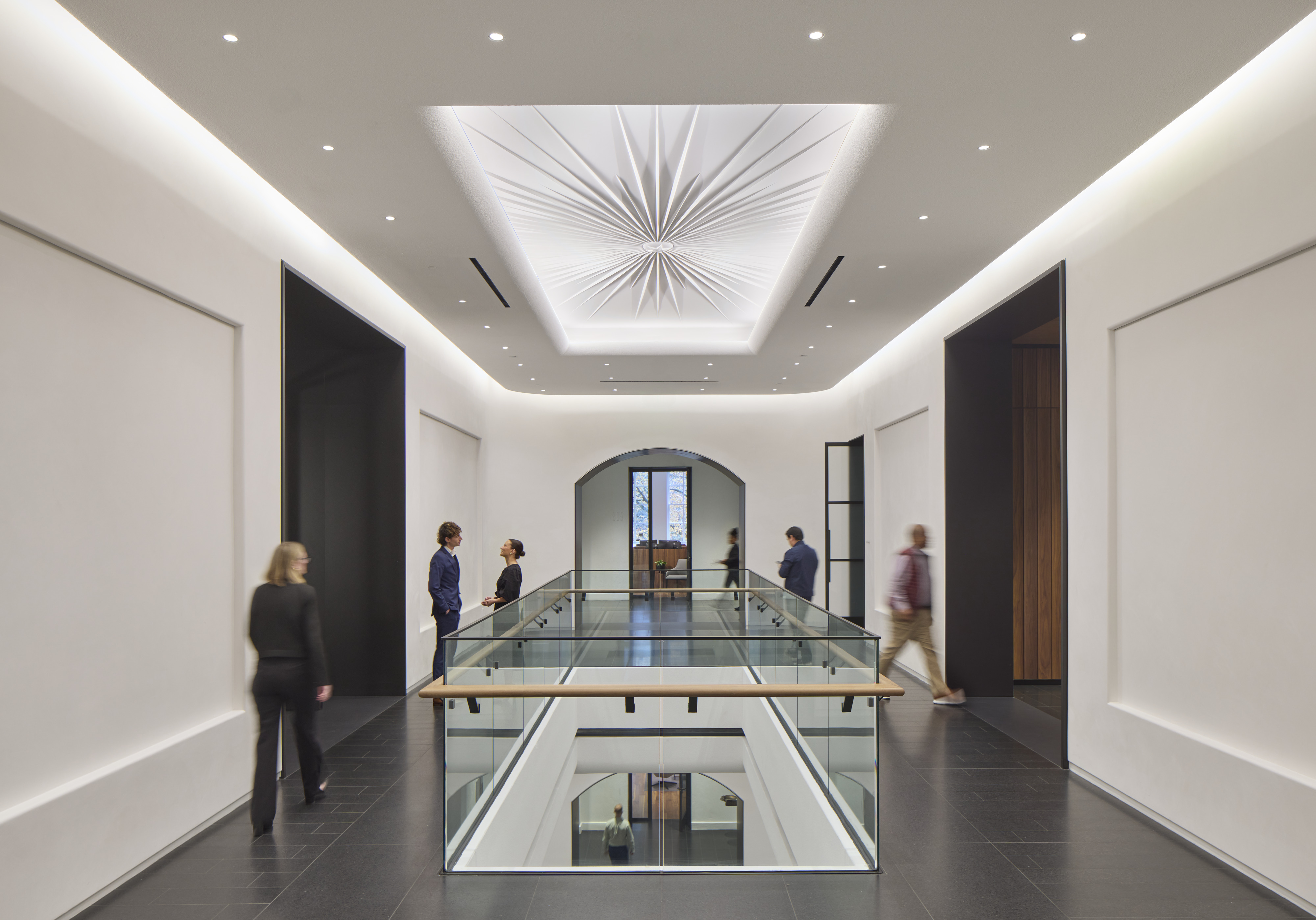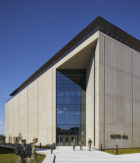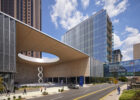Reimagining the science center for the 21st century
Since its founding in 1870, Wellesley College has been a pioneer in science education for women. More than a century and a half later, SOM reimagined the institution’s science center to accommodate an increased demand for STEM education and a 21st-century style of learning. With new spaces featuring state-of-the-art learning and research facilities, a restoration of the surrounding landscape, and a strategy to conserve and renovate the most distinctive elements of the existing center, the new Science Complex maintains Wellesley’s position at the forefront in STEM education for women.

